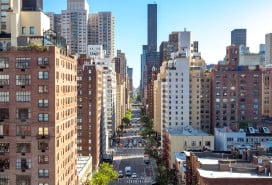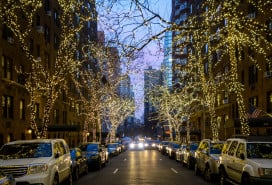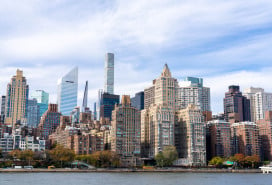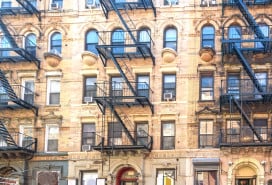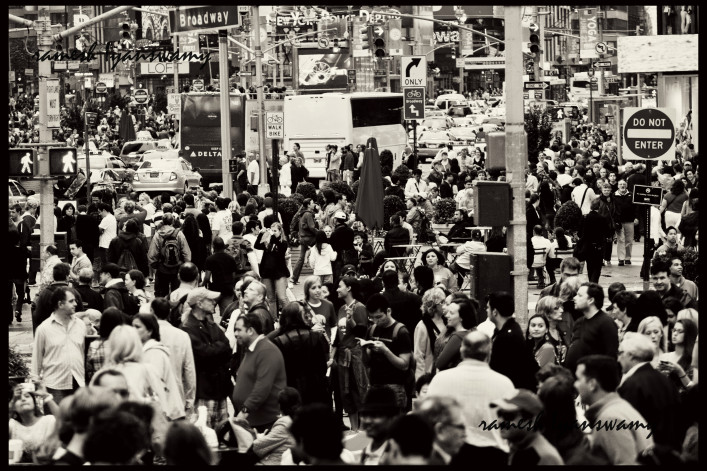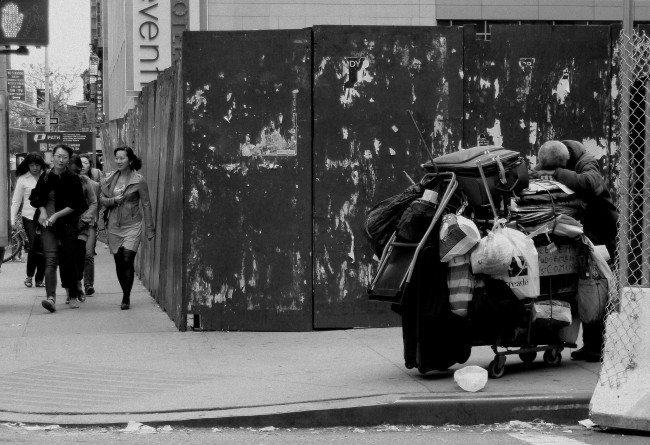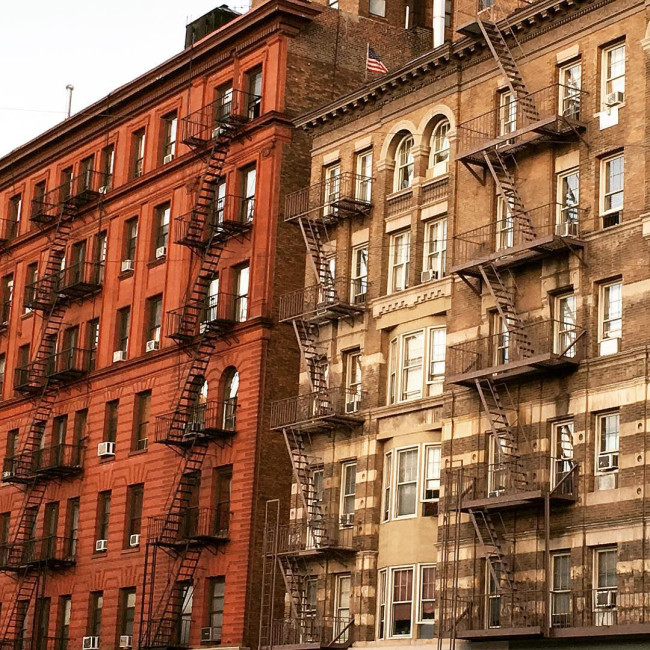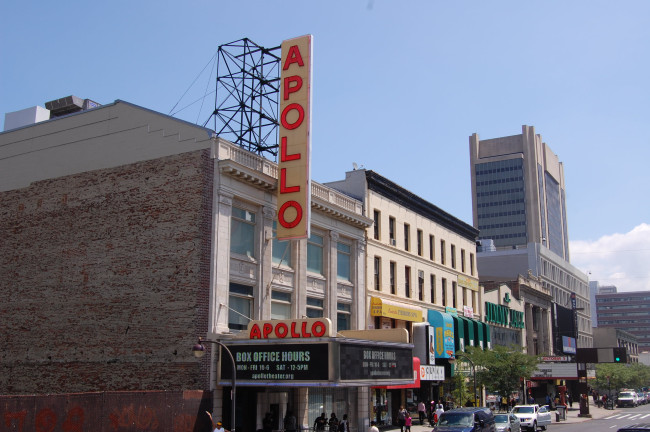NYC is the most diverse city in the country—but when it comes to socioeconomics, there's a lot of work to be done
It should come as no surprise to New Yorkers that a new study measuring the diversity of the country's 500 largest cities found that New York City is at the very top of the list: According to Wallet Hub, we're living in the most diverse metropolis in the United States, ranking particularly high when it comes to racial and ethnic diversity, as well as the range of languages spoken locally. (See how other cities measure up in the interactive graphic below.)
On that latter point, Queens seems to be the epicenter of linguistic variety: Business Insider recently published a map of the 800-plus languages spoken in the borough, which is more than anywhere else in the world.
NYC also distinguishes itself in educational attainment diversity, coming in at an above-average 23rd, which means by Wallet Hub's metric, there's a balance of residents who have attended some college, earned a bachelor's or graduate degree—or have a high school diploma or did not complete high school at all.
This may be one of the factors behind a category where NYC seems to fail: income diversity. The city's ranking of 190 means that its level of socioeconomic diversity is "unhealthy," which Wallet Hub defines as a disparity in incomes—from $34,999 and under to $150,000 or more—that reflective of a significant wealth gap.
The gulf between rich and poor in New York is alarming. According to Forbes, more billionaires live here than any other city, yet at the same time, a study found that almost 60 percent of New Yorkers are one missed paycheck away from homelessness.
Raymond G. Batina, a professor of economics at Washington State University, told Wallet Hub that wages for the wealthiest Americans have skyrocketed over the past decade while stagnating at the bottom, enabling top earners to drive up the price of housing in cities.
He cites, as possible remedies, subsidies for transportation and daycare to help low-wage earners stay in the city and closer to their jobs. Beyond that, tenant advocates continue to push for more affordable housing, and the need seems dire: The Wall Street Journal reported that thousands of employed New Yorkers are living in homeless shelters because they can't afford to pay rent.
One reason to hope that better news is on the way? Per Time Out New York, Mayor Bill De Blasio's proposed budget for 2018 includes funding to create or preserve 10,000 apartments for households earning $40,000 or less. While it won't close the widening income gap, the Wallet Hub study points out, such a move could make it possible for many struggling New Yorkers to remain in the city.
You Might Also Like



